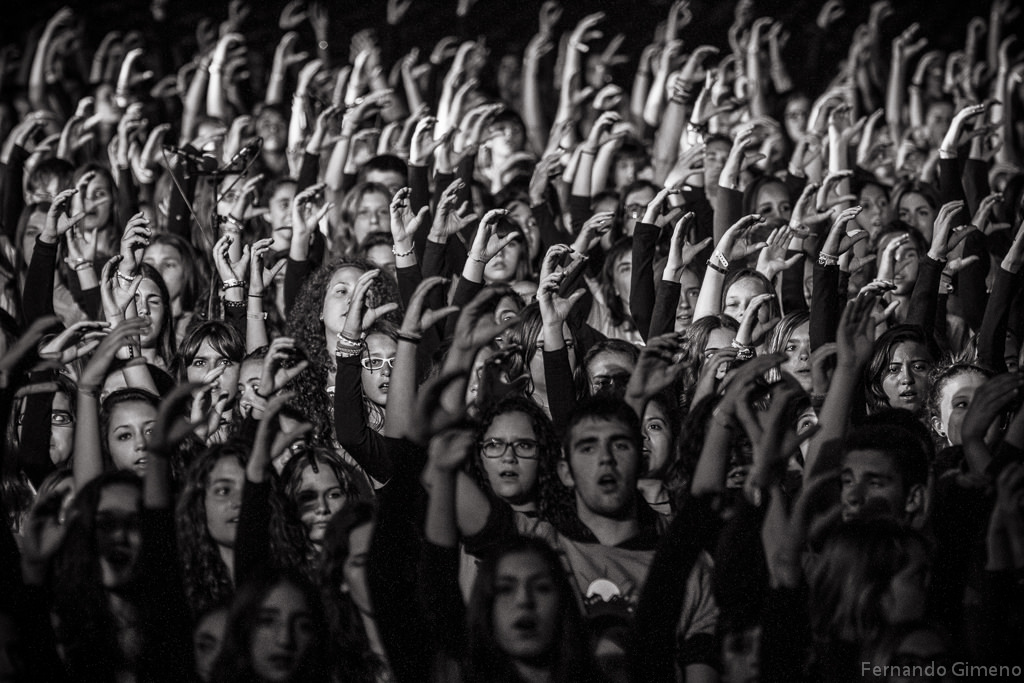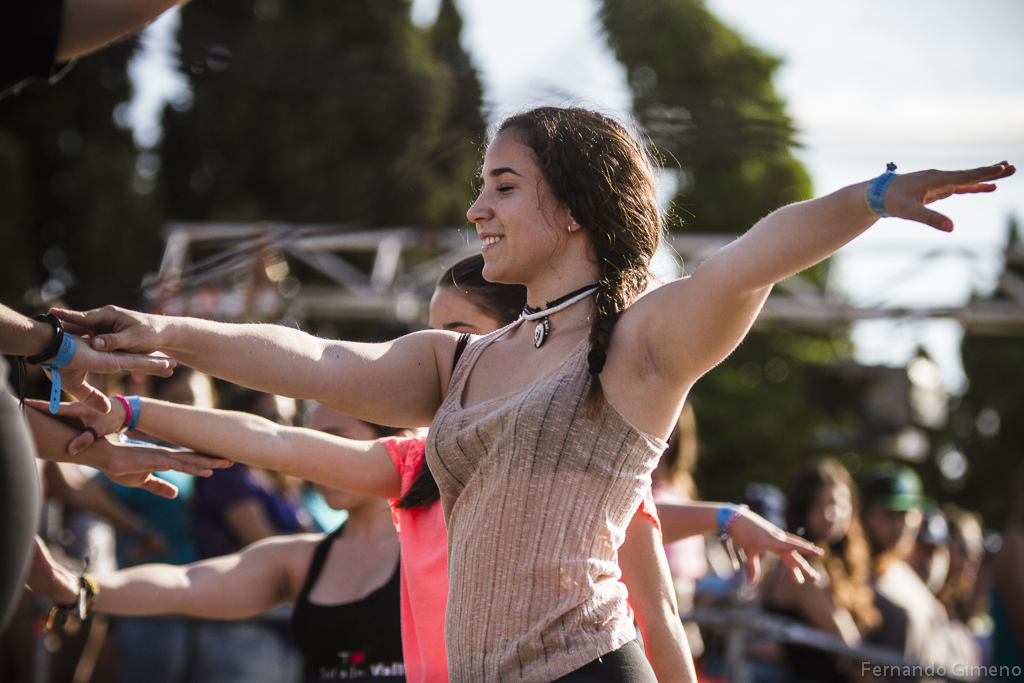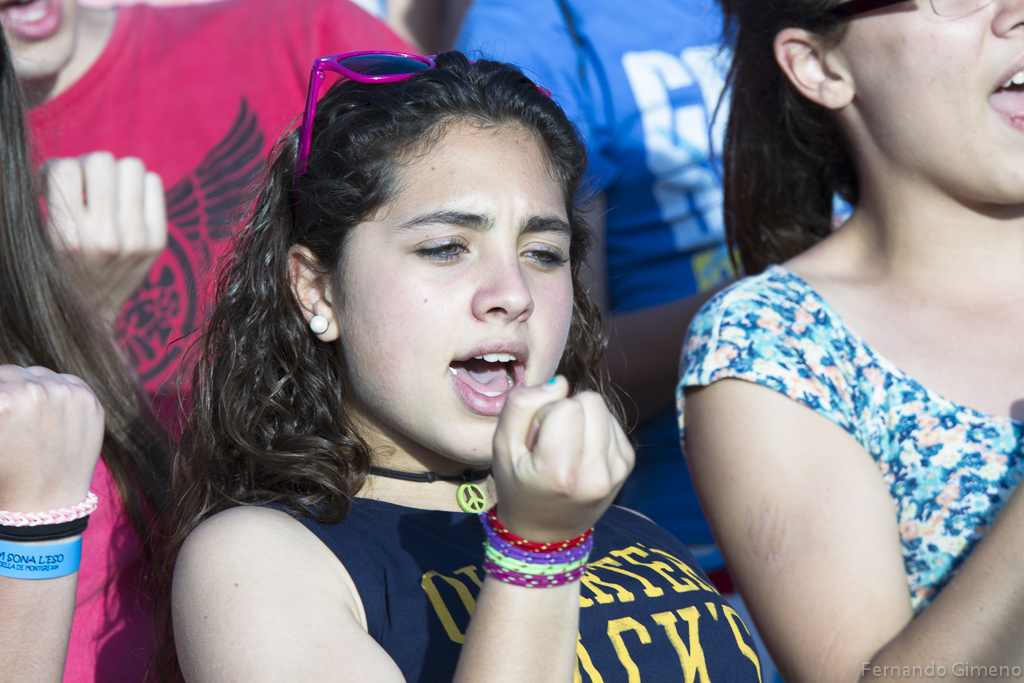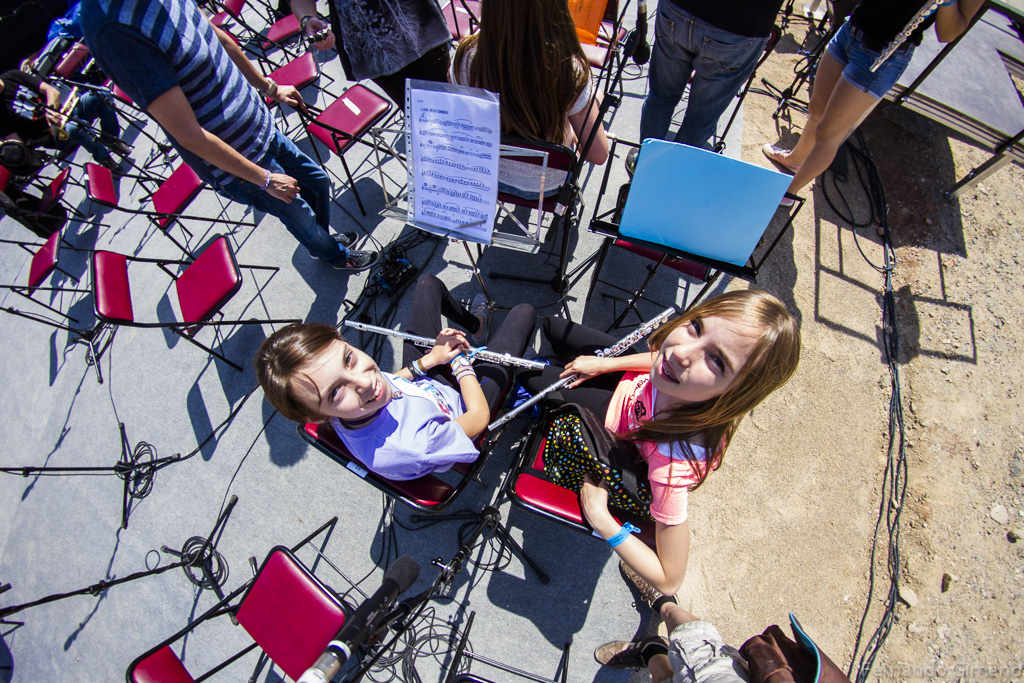What is CSE?
THE SOUND OF ESO (obligatory secondary education)

The Sound of Eso in a nutshell
The sound of ESO consists in an annual meeting of students and music teachers of public secondary schools. In the course of four days the participants take part in a musical challenge they have previously planned and worked on during music lessons. The challenge is to conduct a joint concert: around 1500 pupils, aged between 12 and 17, along with their teachers performing together. The golden rule of the meetings is the following: all students, regardless of their previous musical training, participate in the concert.

The birth of the project
The sound of ESO is a project born in 2000 out of the enthusiasm of some music teachers who came from the region of Valencia and were teaching in Valencia, Catalonia and the Balearic Islands. Their enthusiasm led them to put all the ideas together in order to present to a wider public all that could be achieved with students of any social status, cultural background and academic level with one common goal: music, whose role at school is frequently diminished amongst other subjects.
The teachers taking part in the sound of ESO follow the same guidelines they have in their regular music classes, to show their ideas and proposals to a wider public, thus providing for them a source of inspiration for future projects.
Our two main objectives
- Move the daily work done by teachers and students outside the classroom walls.
- Provide students with the opportunity - probably a unique chance in their lives- to experience music live on stage, combining work with pleasure.
The Venues we have performed in
Ontinyent, Vandellós i l'Hospìtalet de l'Infant, Torrent, Gandesa, Aielo de Malferit, Palma de mallorca, Benicàssim, Barcelona, Carcaixent, Dénia, l'Amettla de Mar, Morella, Sant Carles de la Ràpita, Cocentaina, Torroella de Montgrí-l'Estartit, Xàbia, València, Altea, Amposta...
And this year... in Castalla!
Are students performing or serving as an audience?

This is one of the peculiarities of the CSE. The usual practice during extracurricular trips is that teachers accompany a group of students who only observe, listen to the concert, admire the paintings in the museum or attend a theatrical performance. Both teachers and students remain passive participants of the art experience.
The sound of ESO offers a totally different opportunity: teachers and students act together.
THE GROUPS THAT PARTICIPATE IN THE CSE PERFORMANCE:
Choir: usually formed by 1300 people, including students and teachers. They combine singing with choreography

Music Band: comprised of 70-130 members (depending on the concert). In this group may participate students who study music at a conservatory or music school and have a good command of their instruments, including traditional ones like dolçaines, djembes....

Ballet group: usually formed by twenty students.

Soloists: depends on the main feature of the musical project each year. It consists of a group of students who sing and act.

Thus, the assembly is not just a regular meeting for music students. Instead, regardless of their musical knowledge, all students take part in the concert. We believe that music is inherent to all of us and does not require any technical knowledge to enjoy it.
Interesting facts
- It is a project from public school for public school.
- Active participation increases involvement of the students with the project. Remember, the meeting is not the place to start learning the song but the place to assemble all the previously learnt pieces together. This means that students and teachers begin their work in January.
- One of the most exciting moments for teachers is to participate in the first rehearsal of the choir: 1300 students know their part well and are as eager as the teachers to work with other students in order to succeed.
- The experience is so intense that the teacher-student relationship becomes much closer, which, in turn, enhances the process of learning. Students can rely on their teachers and teachers can trust their students in assuming full responsibility for the show and "giving face" to the whole performance.
- Students become the protagonists of their own learning process, which increases their self-esteem.
- The performance allows them to understand music and art in general as something live and direct. And above all, as something which can be shared.
- Most of the students will experience for the first time in their lives what it is like to be on stage: others will come to watch and listen to them. The situation creates a sense of both individual and shared responsibility in all the adolescents. They all contribute their work, concentration and friendship.
.



